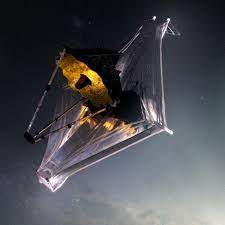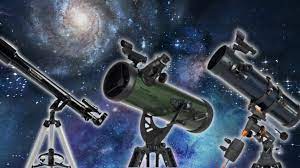
Webb telescope looks towards our neighbour in the galaxy and observes a cosmic extravaganza.
The powerful James Webb Space Telescope was pointed at “NGC 6822,” one of the nearest galaxies to Earth.
It is an incredible sight, filled with an infinite amount of stars. The Milky Way is one of the largest galaxies in our local group, which includes NGC 6822, also known as “Barnard’s Galaxy,” and about 25 other galaxies. The Webb telescope, the most powerful space telescope ever built, was able to observe such brilliant detail in this galactic close-up because the local galaxy is quite close by at about 1.5 million light-years away.
Webb’s instruments can collect an infrared wavelength released by far-off objects without interference from other nearby radiation sources, such as the telescope’s warm electronics, because they can work at extremely cold temperatures of minus 448 degrees Fahrenheit or even lower.
The European Space Agency, along with NASA and the Canadian Space Agency, manages the telescope. “The power of Webb’s ice-cold infrared instruments and the incredible resolution of its primary mirror is necessary to examine stars hidden in dusty environments, and the results as shown here are spectacular,” the agency said.
An incredible star field can be seen in this photo, where stars can be seen almost everywhere. While the stars that are further away are visible in warmer hues like orange, yellow, and red, the brightest stars are depicted in cyan or pastel blue.
- Blue orb: To the left of the reddish gas clouds in the image’s left centre is a brilliant blue orb. This is a large star cluster known as a “globular cluster.”
- read more…




